
Creating a New Reality For Financial Sevices in the Metaverse
 13:31 03 Nov 2022
13:31 03 Nov 2022 When we, our avatars, first join the Metaverse, there is a question that must be asked. Who do we want to be and how will we present ourselves in this new reality? The dawn of virtual worlds poses a similarly existential question for banks and other financial institutions. How can players who have dominated markets in the “real world” grow and succeed in a new one?
The Metaverse is a space – or collection of spaces – that enables people and businesses to transact and trade digital assets. Goldman Sachs and Morgan Stanley have estimated that the Metaverse economy could be worth as much as $8 trillion, showing the scale of the opportunity. Financial services will play a key role in virtual worlds by enabling payments as well as offering investments, insurance, loans and other familiar services.
Banks are uniquely positioned to compete in this emerging market, and we are already seeing major institutions positioning themselves strategically to take advantage of the opportunity. The 2022 Accenture Technology Vision survey found that 67% of global banking executives agreed that the Metaverse will have a positive impact on their organisations, with 38% saying it will be transformational. Making it big in the Metaverse is going to be a priority for many organisations going forward.
Entering the Metaverse
Although we are only at the early stages of the journey, major players have rolled out innovative, forward-thinking projects which demonstrate some of the potential of the Metaverse. BNP Paribas has launched a virtual reality app that enables retail banking users to view their account activity and transaction records. HSBC, meanwhile, has purchased virtual real estate in The Sandbox metaverse, which will be used to engage and connect with sports, esports and gaming enthusiasts.
J.P. Morgan is also now a resident of the Metaverse after opening an Onyx lounge in the blockchain-based world of Decentraland. Onyx is the “world’s first bank-led blockchain platform for the exchange of value, information and digital assets”. In its virtual Onyx lounge, JPM facilitates cross-border payments, foreign exchange, financial assets creation, trading and safekeeping in the virtual world. It also tackles issues such as account validation, transaction status and fraud prevention in the Metaverse, just like it does in the real world.
Much of the interest in the Metaverse has been driven by the demand we are seeing in the market and also the kind of collective behavioural changes that we have seen in consumers in the recent past. During the pandemic, we saw that people could not meet physically and needed a safe haven in which to connect with friends and family – or even meet new people. Suddenly, the notion of a virtual world went from being regarded as something of interest only to gamers or kids to a genuine opportunity for businesses and a potentially huge marketplace.
Paying For the Future
In the past decade, we have seen dramatic changes in the nature of digital payments. The Metaverse will be the next stage of the journey. An initial wave of innovation took place when cryptocurrencies became prevalent, and we started moving to a decentralised infrastructure that enables NFTs and other digital assets to be exchanged for real-world currencies – a crucial development.
After the introduction of crypto, we saw a rapid evolution from the processing of low-value transactions to very large transactions, with people now spending millions of dollars in virtual worlds. This typically involves buying virtual products. Nike NFTs, for instance, have been sold for more than $100,000, and investors have now purchased $1.9 billion worth of land on the top ten platforms. In the future, we will see more and more payments for big-ticket items in the real world processed inside the Metaverse.
What remains to be seen is how providers will charge for enabling payments in virtual worlds. Right now, many different Metaverses exist as individual entities. Ultimately, the Metaverse will evolve into a democratised, borderless environment transitioning through dominant players building key technologies. Until this happens, Metaverses will be split up by the type of services they offer, with different cultures and communities existing within them. Some will be known for art, others for gaming, manufacturing, banking or fashion.
Payment providers monopolise particular spaces so can essentially charge whatever they want. So for a million-dollar NFT transaction, they can charge up to 40% transaction fees – which is a significant amount of money. This may change as we move toward a larger Metaverse.
Opportunities and Challenges for Banks
Accenture has highlighted four roles banks can play in the Metaverse:
- Become trusted custodians of digital assets and take care of valuable digital assets.
- Offer virtual wallets that any customer can understand and use.
- Create the standards for safe, smooth transactions and create a universally accepted method of payment
- Enable exchange between the metaverse and the real world to allow crypto to be changed into fiat.
The Metaverse will be a space in which banks and payment players of all sizes will compete and collaborate. Incumbents face the challenge of learning a very different business model. We know that physical banks are starting to disappear from the high street and moving into a purely digital space. If incumbents get their business model right and tailor their strategy to the generations who understand the Metaverse and feel comfortable in it, they can definitely compete and bring forward innovative new products.
However, we need to focus on putting controls around the infrastructure that has been established. How do we make cross-border or cross-currency payments work? How should rules like the GDPR adapt to ensure that people’s data is protected, and how will the risk of fraud be addressed?
Another challenge is the actual hardware that will be used to access the Metaverse. There is a lot that needs to happen to make the experience friction-free and affordable. The headsets we use today in the Metaverse are very clunky and create the first barrier to entry. We need to get the hardware right before we can get everybody involved. The market is bidding its time till Apple and other big tech companies release gear that fits the bill. The right hardware could provide a tipping point that drives mainstream adoption.
Whatever role financial institutions decide to play in the Metaverse, one thing is clear. If they don’t join this new world, their competitors may go on to define its rules, build their following and embed themselves in meta-communities. The moves that banks make now will decide who wins in this dynamic and exciting market in future.
Author: Anu Widyalankara, Senior Manager Payments Strategist at Accenture.
Helen Child, Founder & CEO, Open Banking Excellence
Take a look at what Anu and the panel had to say about Payments in the Metaverse on our Campfire:



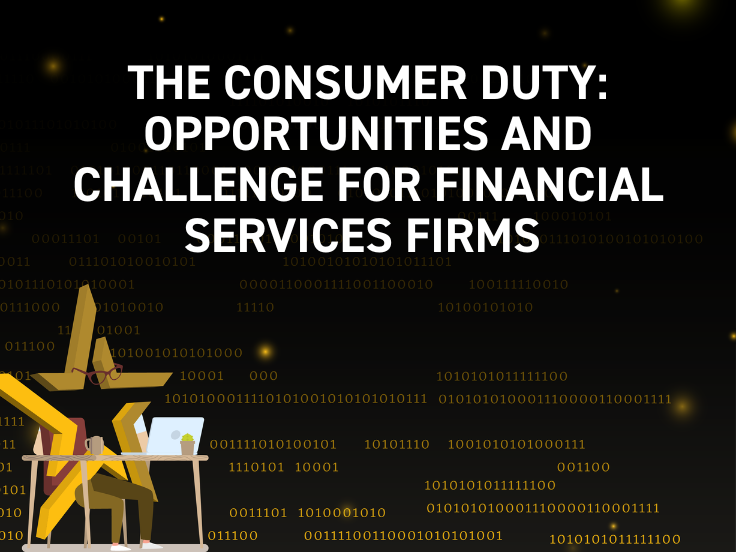 " alt="">
" alt="">

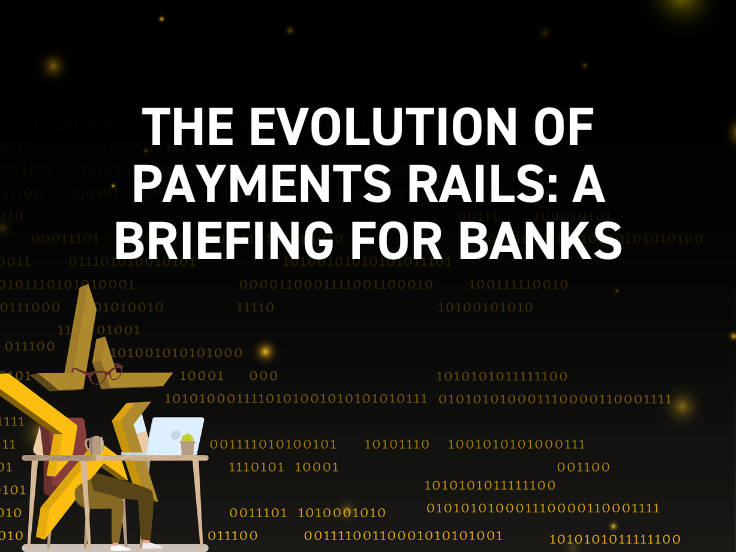 " alt="">
" alt="">
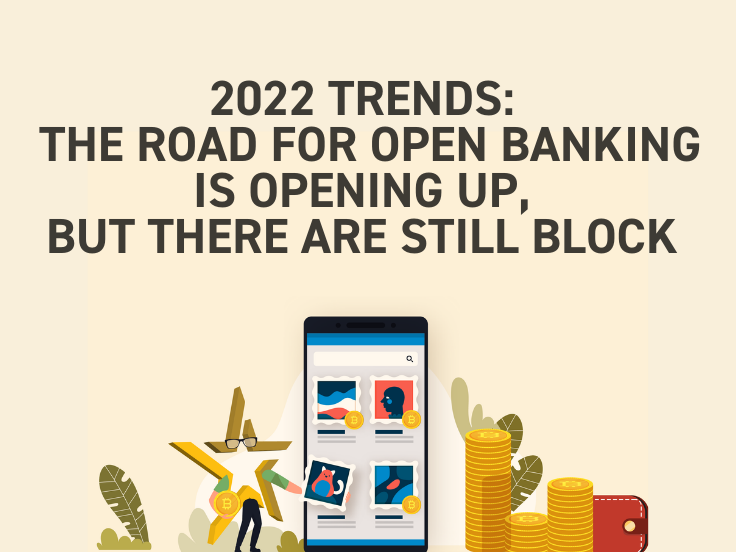 " alt="">
" alt="">
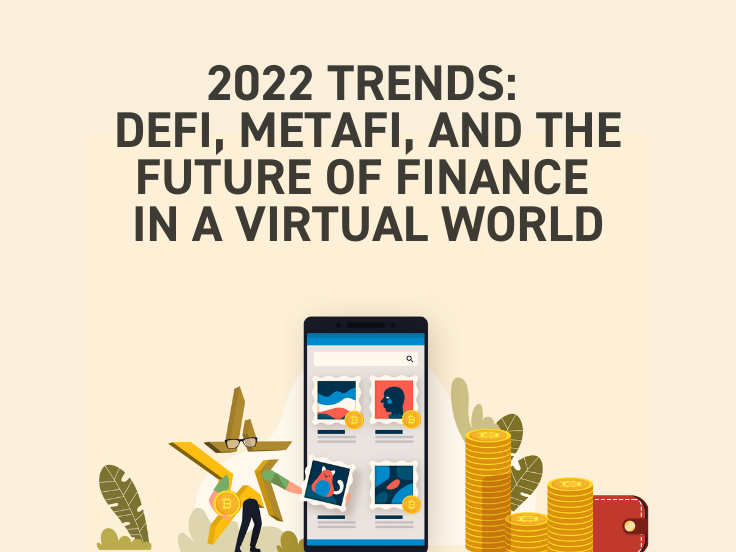 " alt="">
" alt="">
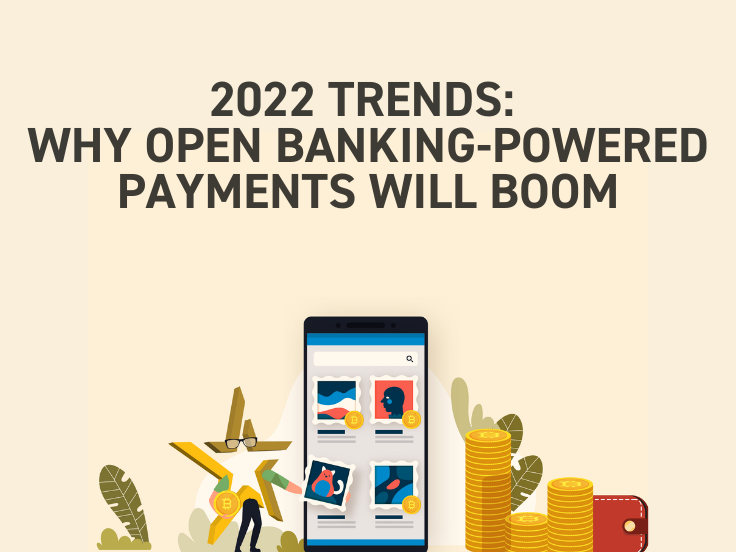 " alt="">
" alt="">
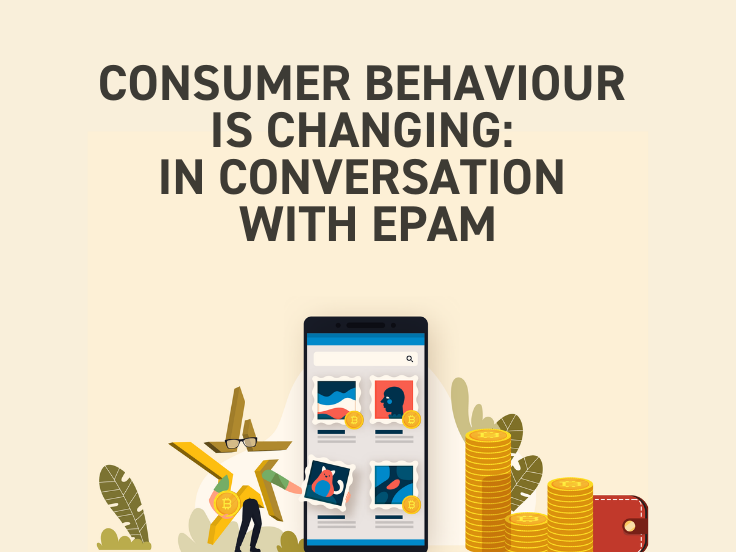 " alt="">
" alt="">
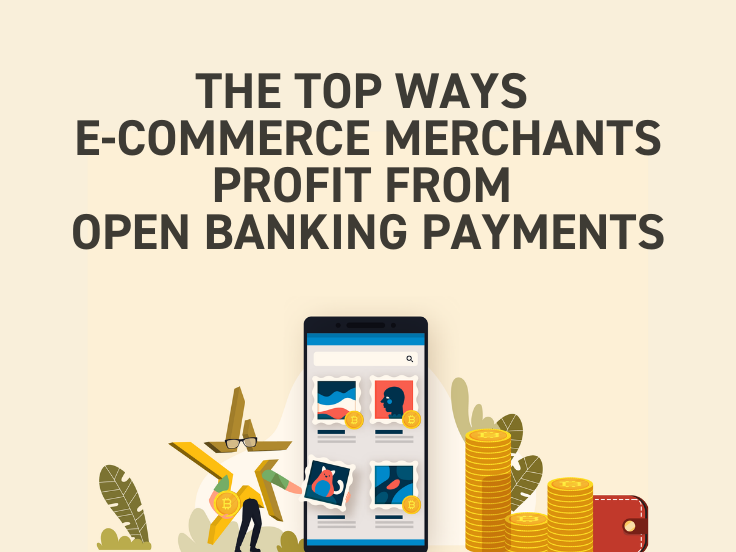 " alt="">
" alt="">
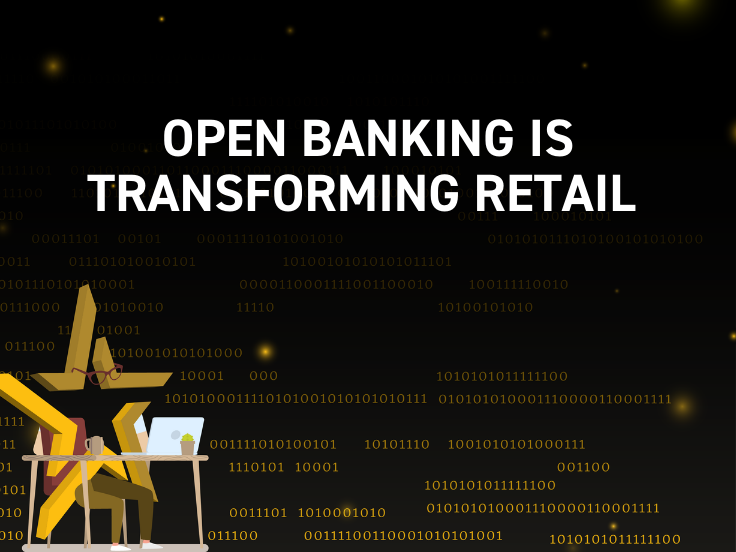 " alt="">
" alt="">
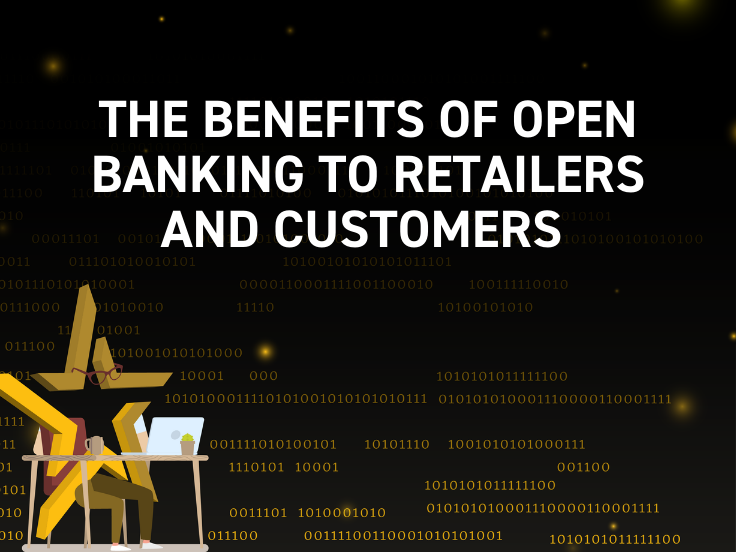 " alt="">
" alt="">
 " alt="">
" alt="">